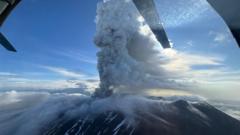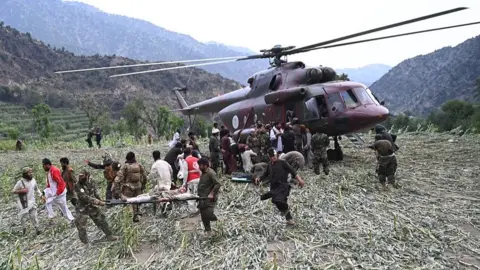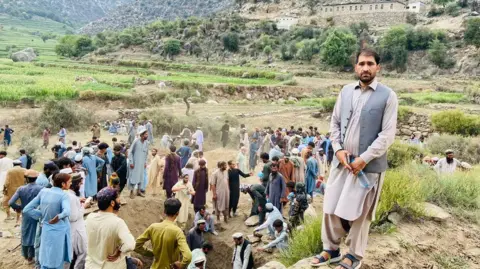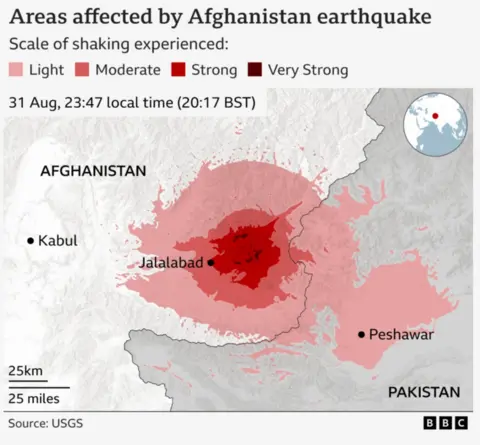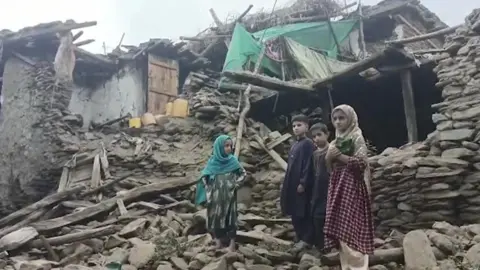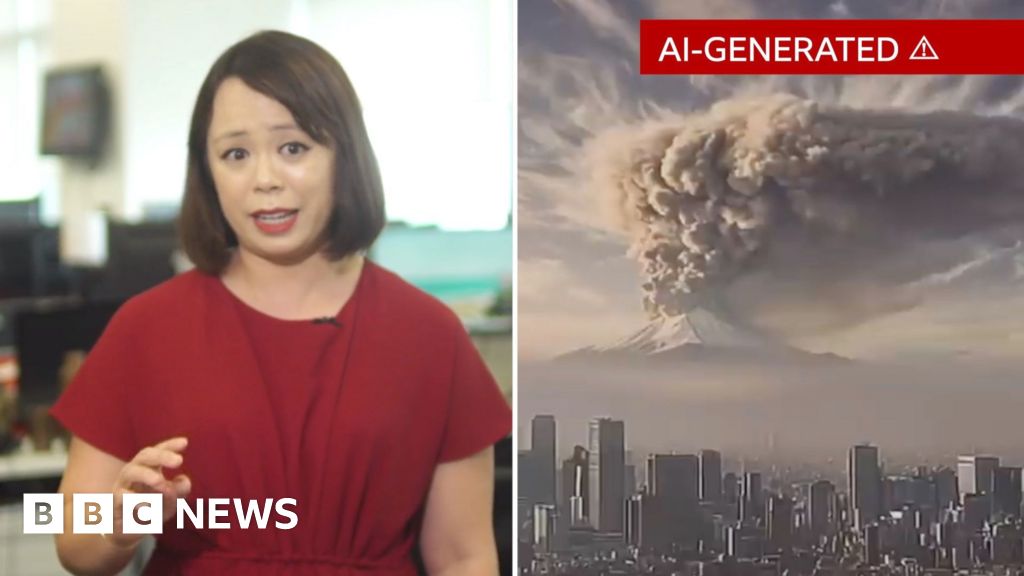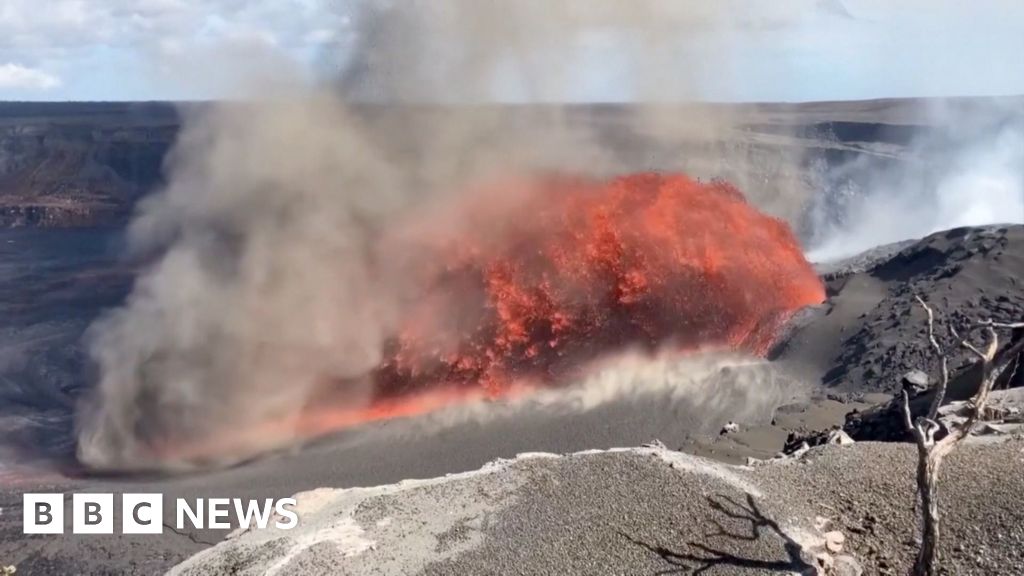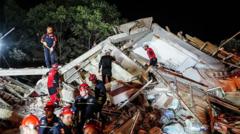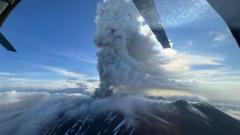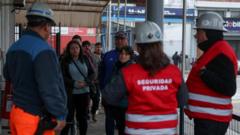A volcano in Kamchatka, Russia, known as the Krasheninnikov, has erupted for the first time in over 500 years, producing an ash plume that reached altitudes of up to six kilometers (3.7 miles). Experts suggest that this significant volcanic activity may be connected to a series of powerful earthquakes that have shaken the region in recent weeks, including a catastrophic 8.8 magnitude tremor that prompted tsunami warnings as far away as French Polynesia and Chile.
In response to the eruption, Russia's emergency ministry has assured that populated areas are not under immediate threat. However, hours after the volcano erupted, another earthquake measuring 7.0 on the Richter scale struck the Kuril Islands, prompting tsunami warnings for three areas on the Kamchatka Peninsula. Authorities have advised residents in these areas to maintain a safe distance from the coastline, although wave heights are expected to be relatively low, at around 18cm (7in).
The head of the Kamchatka Volcanic Eruption Response Team, Olga Girina, indicated that the last documented eruption of the Krasheninnikov Volcano occurred in the 15th century. She, along with specialists from the Institute of Volcanology and Seismology, noted that following the recent powerful earthquake, aftershocks might continue to be felt for several weeks.
Situated within the "Pacific Ring of Fire," the Kamchatka Peninsula is well known for its seismic activity and volcanic eruptions, making it a focal point for volcanologists and seismologists alike. As this historic event unfolds, scientists are closely monitoring the situation, aware of the region's long history with both earthquakes and volcanic eruptions.

